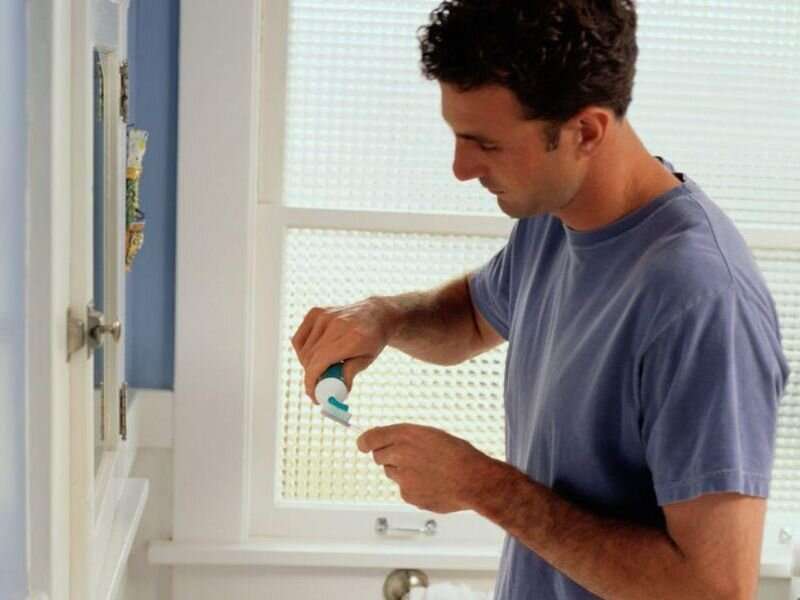Heres how COVID-19 can affect your mouth


(HealthDay)—A lost or altered sense of taste, dry mouth and sores are common among COVID-19 patients and those symptoms may last long after others disappear, Brazilian researchers report.
Nearly 4 in 10 COVID patients experience impaired taste or total loss of taste, but dry mouth affects even more—up to 43%, according to their broad review of more than 180 published studies.
It looked at oral health symptoms in nearly 65,000 COVID patients around the world—with some predictable and also some surprising results.
“Regarding COVID-19 patients specifically, the important message is to maintain healthy oral health habits during their illness if they are able to do so,” said Dr. Edmond Hewlett, a spokesman for the American Dental Association who reviewed the findings. “Dry mouth significantly increases the risk for tooth decay, so brushing twice a day with a fluoridated toothpaste, flossing once a day, limiting snacking, and avoiding sugary foods and drinks are the best ways to maintain their oral health.”
By now, most people are aware that loss of smell and taste are key symptoms of infection with the SARS-CoV-2 virus. But the research review by a team led by University of Brasilia researcher E.N.S. Guerra identified a number of variations on that theme.
Folks with COVID can have a reduced sense of taste (hypogueusia); a distorted sense of taste, in which everything tastes sweet, sour, bitter or metallic (dysgeusia); or a total loss of all taste (ageusia), according to the study.
For reasons that remain unclear, researchers found that these complications seemed to be more common among European COVID patients, affecting about half. In comparison, a third of American COVID patients and a quarter of Latin American patients reported the same.
Some COVID patients also reported lesions on or under their tongue or along the gums and sides of the mouth, the study found.
Hewlett said these complications are not unique to COVID-19—and they don’t happen to everyone. It’s not clear, he added, why some develop oral trouble while others do not, but even a mild infection may involve some degree of oral disruption, he said.
And, Hewlett added, while it’s not clear how long oral symptoms may persist, it appears they can be part of the constellation of symptoms known as “long COVID.” The term refers to patients who continue to struggle with COVID-related health issues months after recovering from many of their initial symptoms.
Oral health issues have arisen before during the pandemic—as many patients have put off routine checkups.
Hewlett said even those unaffected by COVID-related issues should keep in mind that maintaining good oral health is a key to overall health. Translation: Don’t let a fear of COVID lead to a slide in continuing dental care.
“Going to the dentist has been demonstrated to be very safe from the perspective of COVID-19 infection risk,” he said.
That advice was seconded by Dr. Shervin Molayem, a periodontist and implant surgeon who is also director of the Mouth Body Research Institute in Los Angeles.
“People still haven’t been to dental offices, even though it’s been a year” since the onset of the pandemic, he lamented.
“They’ve thrown off their dental routine,” he added. And the result, he said, is an uptick in bleeding gums, periodontal disease, and the ill effects of tooth grinding.
“What’s causing their tooth-grinding at night is likely their secondary stress from the actual disease,” Molayem said. That means COVID-related stress has the potential to cause jaw pain (TMJ), as well as cracked and chipped teeth.
His bottom-line: pandemic or no pandemic, make dental care a priority.
Source: Read Full Article